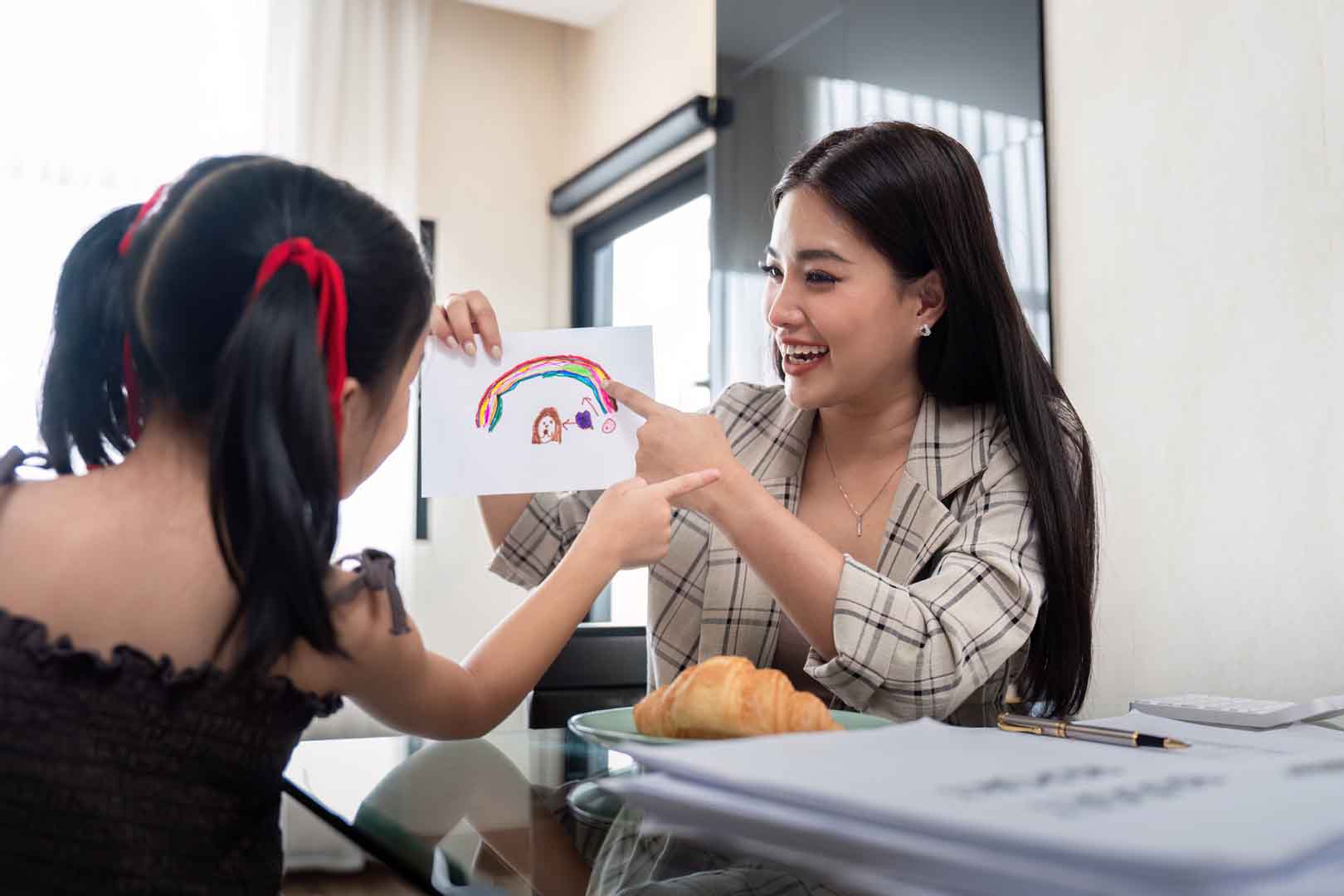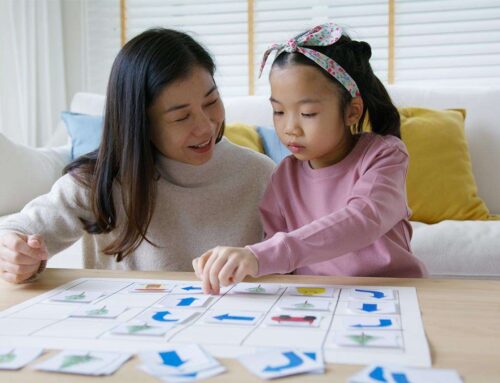At OrbRom Center in Phnom Penh, we believe that speech therapy should be engaging, meaningful, and fun. One of the most effective ways to achieve this is through using storybooks and visuals in speech therapy. These tools transform learning into an interactive experience, helping children in Cambodia develop communication skills naturally through storytelling, pictures, and play-based learning.
Whether a child struggles with pronunciation, vocabulary, or comprehension, story-based therapy and visuals create context and connection — essential for lasting communication growth.
Why Storybooks Are Powerful Tools in Speech Therapy
Storybooks are more than just entertainment; they are structured communication opportunities. Each page presents speech sounds, vocabulary, grammar, and social language in an engaging and predictable format.
1. Building Vocabulary and Comprehension
When speech therapists use storybooks, children are exposed to rich, meaningful language. For example, stories like The Very Hungry Caterpillar or Brown Bear, Brown Bear introduce sequencing, colors, and repetitive patterns that reinforce comprehension. Through guided reading, therapists help children answer “who,” “what,” and “why” questions — foundational to understanding language.
2. Encouraging Speech Sound Practice
Storybooks are ideal for practicing specific sounds or words. For instance, if a child is working on the /s/ sound, the therapist can choose books filled with “snake,” “sun,” or “sand” to provide multiple opportunities for correct articulation in a fun way.
3. Supporting Narrative Skills
Retelling a story helps children organize thoughts, sequence events, and use complete sentences. These narrative skills are essential for classroom success and social communication.
At OrbRom Center, our therapists integrate storybooks into individualized speech therapy sessions to promote expressive and receptive language growth while keeping children motivated and engaged.
The Role of Visuals in Enhancing Speech Therapy
Visual supports — including pictures, flashcards, storyboards, and gestures — are key in helping children process and retain language. Many children in Phnom Penh, especially those with autism or speech delays, benefit from visuals that make abstract language concrete and easier to understand.
1. Visuals for Comprehension and Expression
Visual cues such as picture cards or illustrated story sequences allow children to “see” the meaning behind words. For instance, when discussing emotions, a therapist might use facial expression cards to teach words like happy, sad, or angry. This visual pairing improves understanding and helps children label and express emotions effectively.
2. Picture Exchange and Communication Boards
For nonverbal or minimally verbal children, visual tools such as PECS (Picture Exchange Communication System) or AAC (Augmentative and Alternative Communication) devices are transformative. They allow children to make choices, request items, and engage in conversations long before verbal speech develops. Learn more about AAC options in our detailed guide on Augmentative and Alternative Communication.
3. Visual Schedules and Story Mapping
Visual schedules reduce anxiety and support transitions during sessions, especially for children who thrive on routine. Similarly, story maps (beginning, middle, end visuals) guide children in organizing stories logically, reinforcing narrative structure and sequencing.
How OrbRom Center Combines Storybooks and Visuals in Therapy
At OrbRom Center Phnom Penh, our speech-language pathologists use storybooks and visuals strategically across therapy goals — from early intervention for preschoolers to specialized programs for children with autism or speech sound disorders.
-
For Preschoolers: Using colorful storybooks in our Preschool Program, therapists encourage early literacy and language play. Children participate by pointing to pictures, predicting story endings, and repeating simple phrases.
-
For Speech Sound Development: In our Speech Therapy Program, children practice target sounds through stories and matching visuals, turning speech correction into storytelling adventures.
-
For Special Needs Support: Within our Special Needs Intensive Intervention, visuals and story-based activities provide structure and repetition for children with autism or developmental delays.
-
For Assessments: Our Assessment services help identify the most effective visual or story-based strategies tailored to each child’s communication profile.
Each session is customized, ensuring that children not only improve their language skills but also enjoy the process — learning to communicate confidently in both school and daily life.
The Cambodian Context: Building Communication Through Culture and Story
In Cambodia, storytelling is deeply rooted in culture — from traditional folktales to family bedtime stories. Incorporating culturally familiar stories, such as The Rabbit and the Crocodile or The Clever Farmer, helps children connect speech therapy to their own experiences.
By blending Khmer cultural narratives with visual learning strategies, therapists make sessions more relatable and inclusive for Cambodian children. This approach also encourages parents to continue story-based communication at home, reinforcing therapy outcomes beyond the clinic.
Conclusion: Empowering Communication Through Stories and Visuals
Using storybooks and visuals in speech therapy transforms learning into an imaginative and accessible experience. At OrbRom Center, we’ve seen how storytelling nurtures curiosity, creativity, and confidence — empowering children in Phnom Penh to express themselves more clearly and meaningfully.
If your child struggles with communication, speech clarity, or comprehension, consider how story-based and visual-supported therapy can make a difference. Learn more about our personalized programs at OrbRom Center Phnom Penh, where every story brings a new opportunity to speak, learn, and grow.
We are the only Preschool specialized on children with special needs in PhnomPenh.
- Internationally qualified teachers
- Cambodia’s largest sensory room
- Outdoor swimming pool
- Covered outdoor playground
📞 Phone: 077.455.993
Telegram Link: https://t.me/OrbRom






Leave A Comment